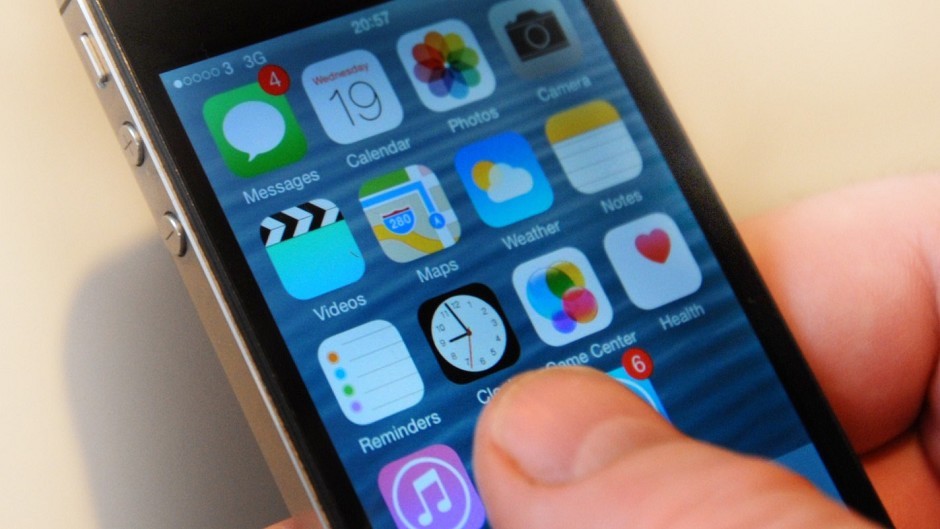Drivers who break down in the Highlands this winter face being left stranded – because hundreds of miles of the region’s roads have no mobile phone coverage.
A study by the RAC Foundation found that the local authority area has 452 miles of road without any 2G coverage, which is the minimum needed to make a call or send a text.
The figure is 15 miles more than for Powys in Wales, which is second on a list of nationwide mobile signal blackspots.
Argyll and Bute, which is third on the list, has 293 miles of road without any coverage.
The A93 road in Aberdeenshire is also affected, but not badly enough to feature in the RAC’s “top 10” areas with the poorest coverage.
A study found that 4,562 miles of road in the UK – which is about 2% of the entire network – are in mobile signal dead zones.
Another 28,975 miles have partial 2G coverage, meaning only certain operators provide coverage.
Highland and Islands Labour MSP and road safety campaigner David Stewart said: “Clearly this is a league table that I would not want to see us at the top of.
“Obviously this is a result of our geography but clearly it is worrying for drivers who are not able to contact emergency services in a breakdown, and particular concerning older drivers in winter.
“One aspiration must be to try and ensure better broadband and connectivity in the longer term. It is something I will be raising with ministers as someone who is concerned with road safety.”
The study also found that motorists who rely on their smartphones to access the internet for route planning and to check for congestion could get into difficulty on 14,554 miles of road – about 6% of the network – with a complete absence of 3G coverage.
An additional 111,679 miles – about 45% – is only covered for 3G by some operators.
In terms of 4G, 56% of the road network has no coverage, while 27% has only partial coverage.
The research was based on analysis of data published by communications regulator Ofcom.
RAC Foundation director, Steve Gooding, said: “There are thousands of miles of road along which you would not want to break down or have an accident because calling the RAC, the emergency services or even home wouldn’t be an option.”
